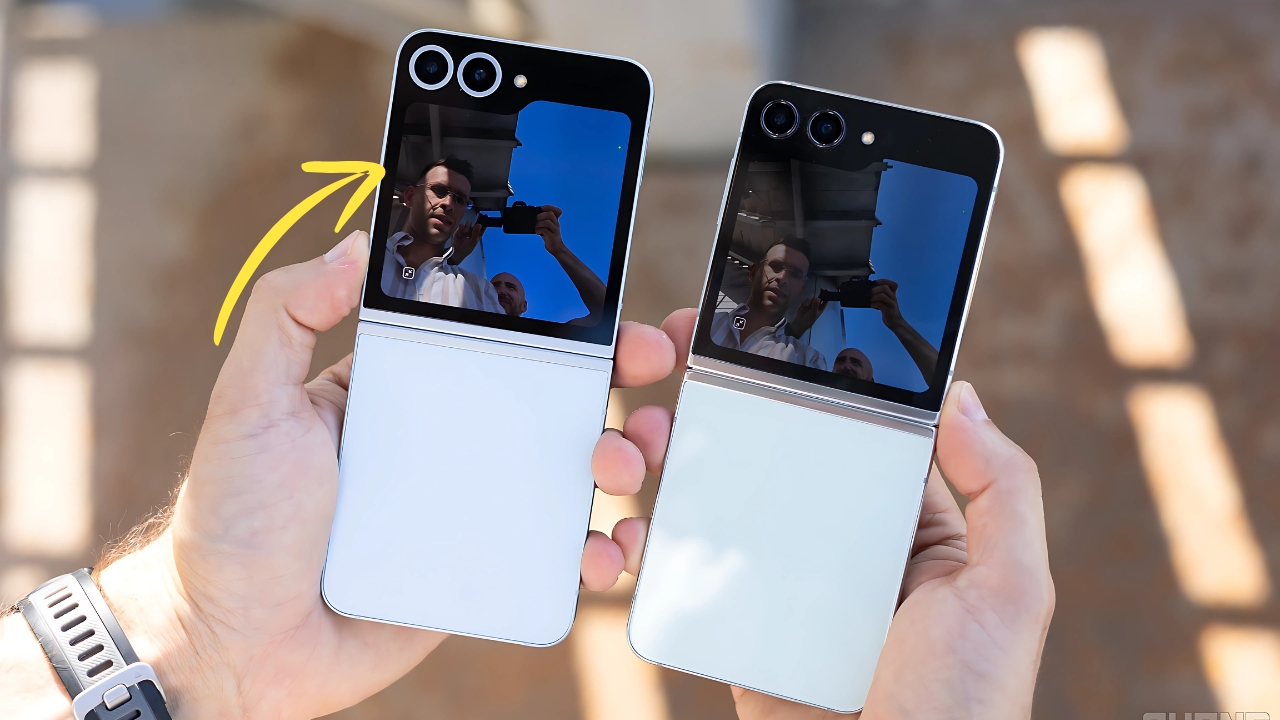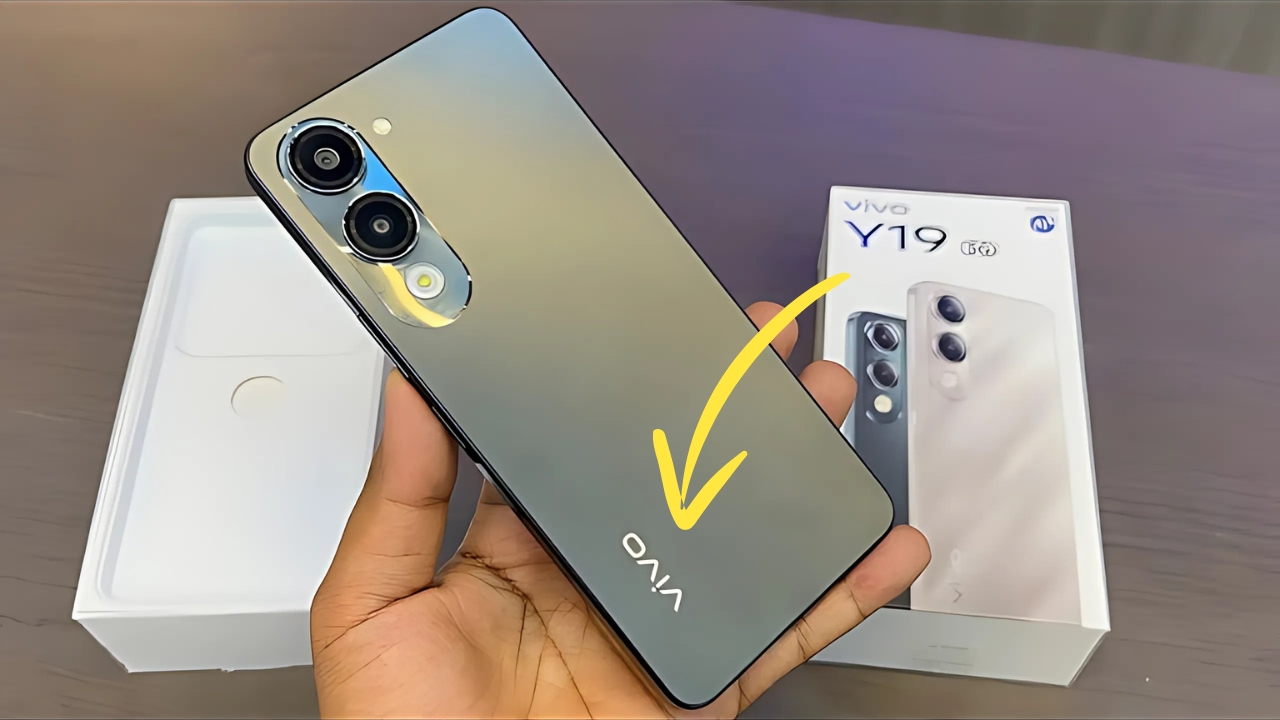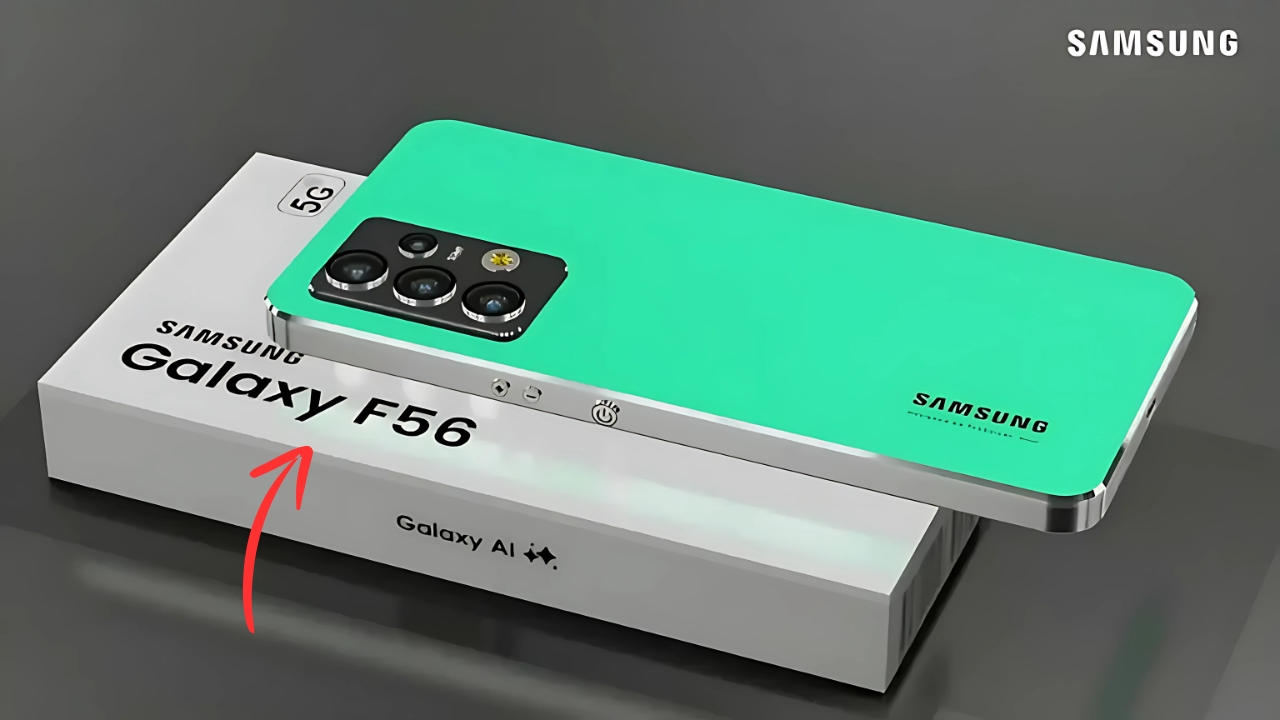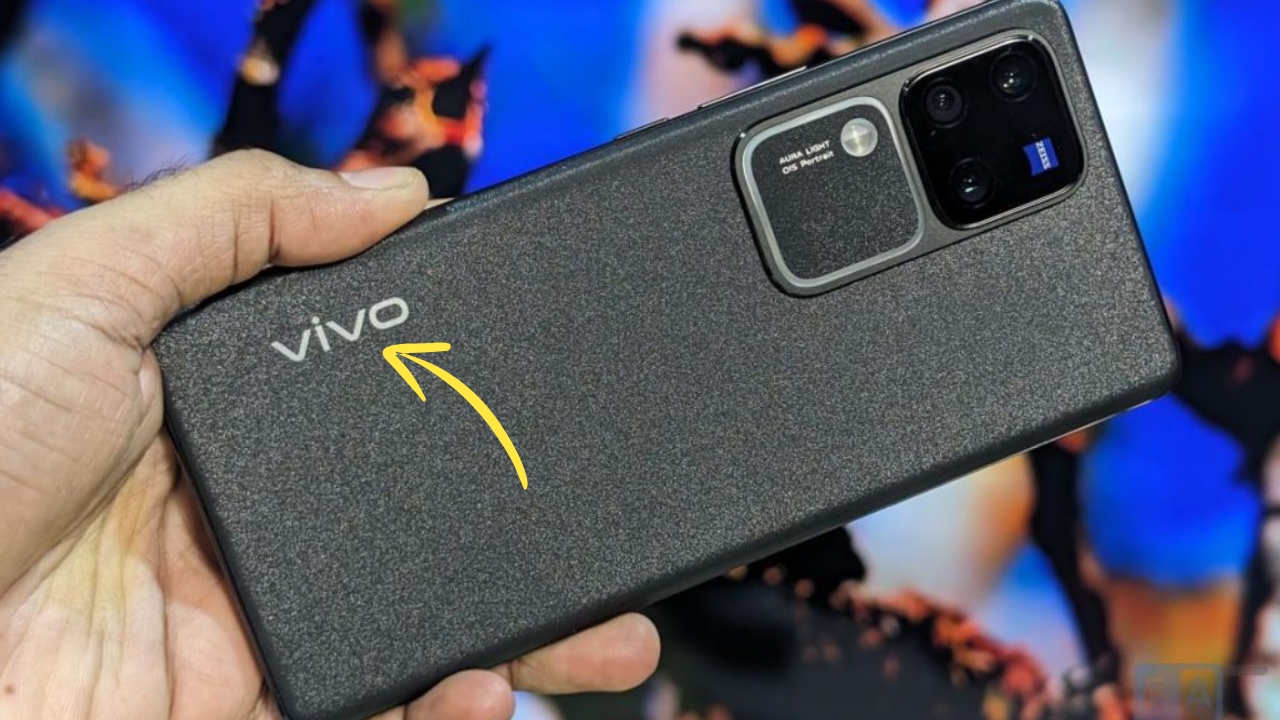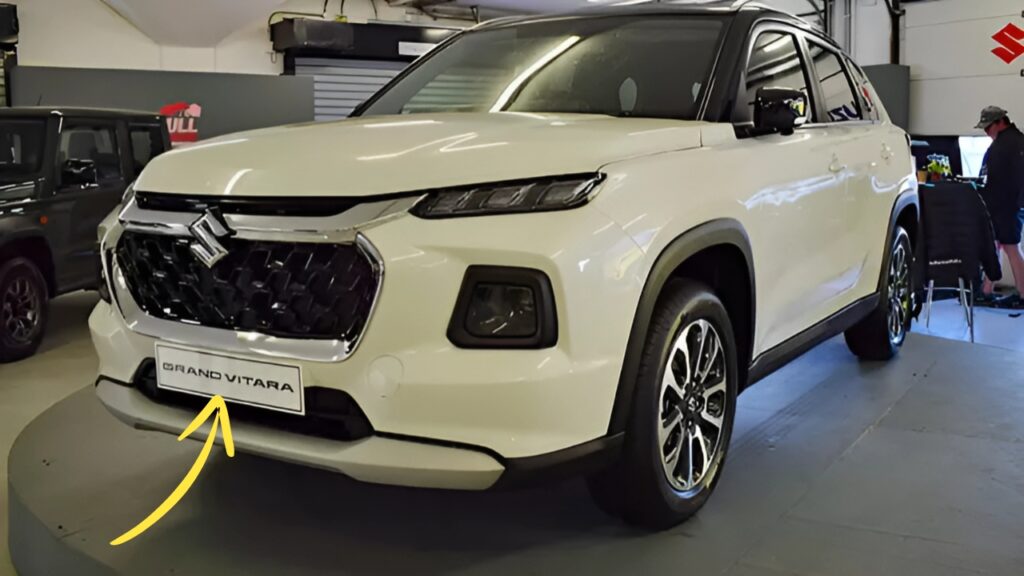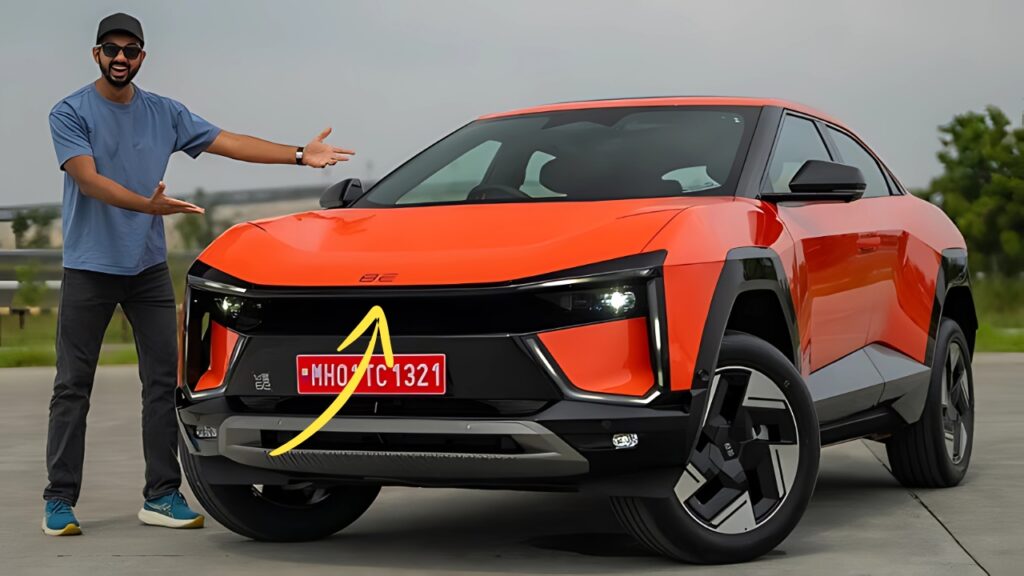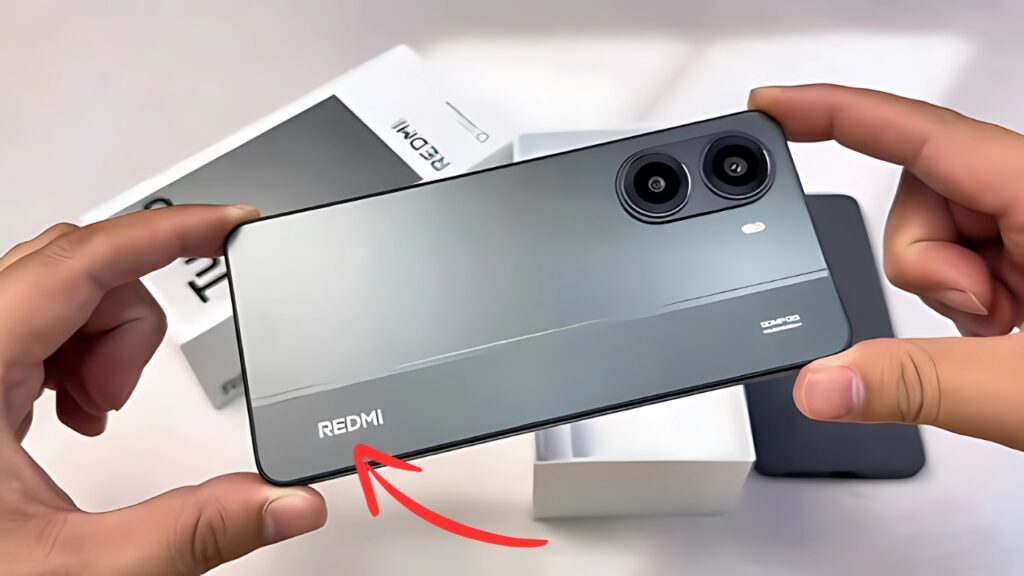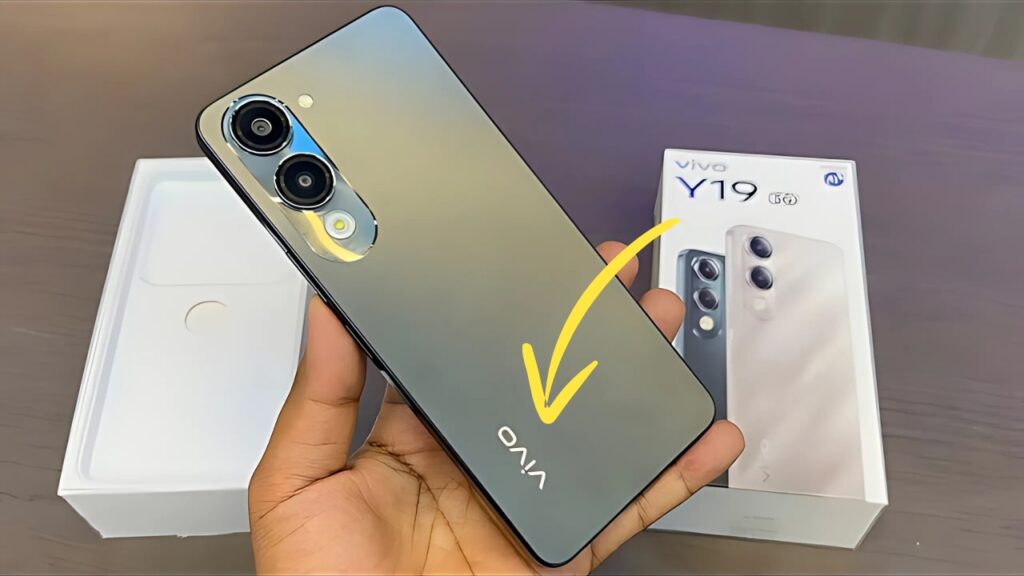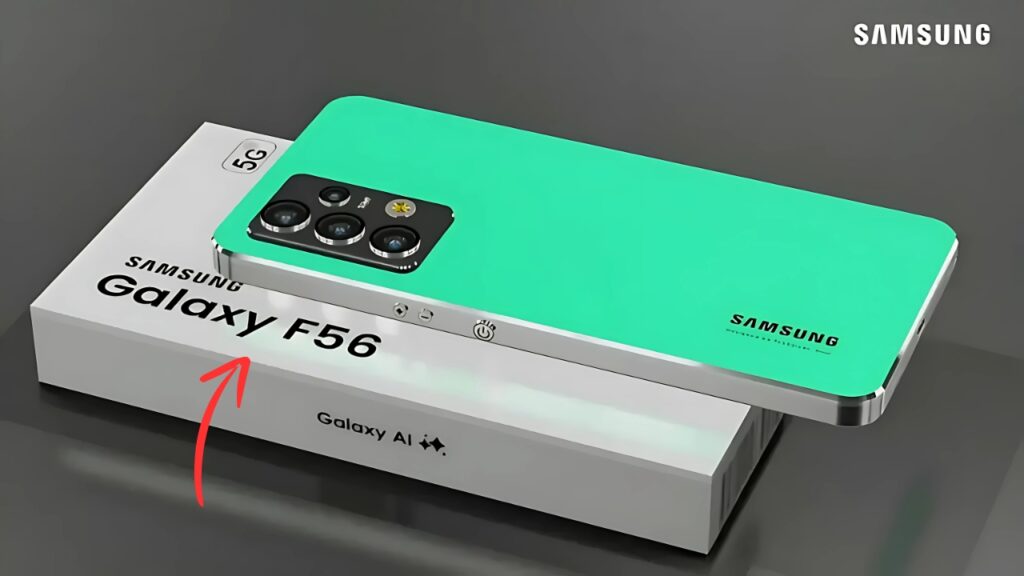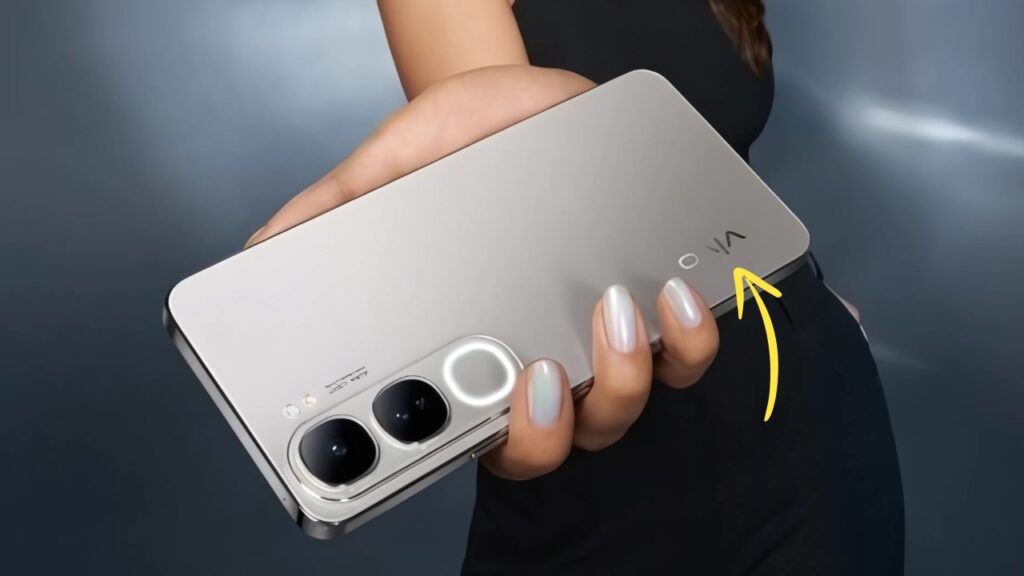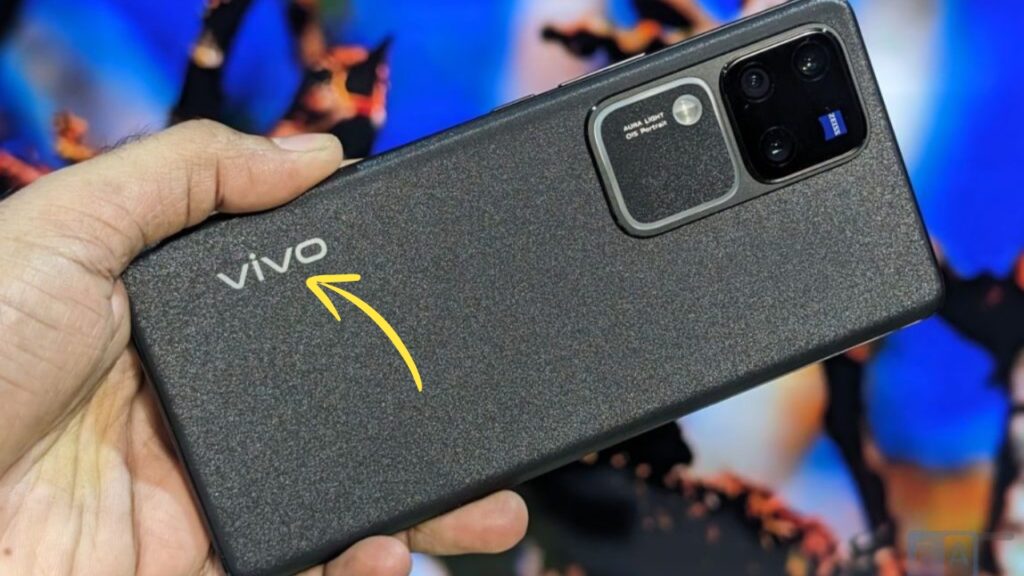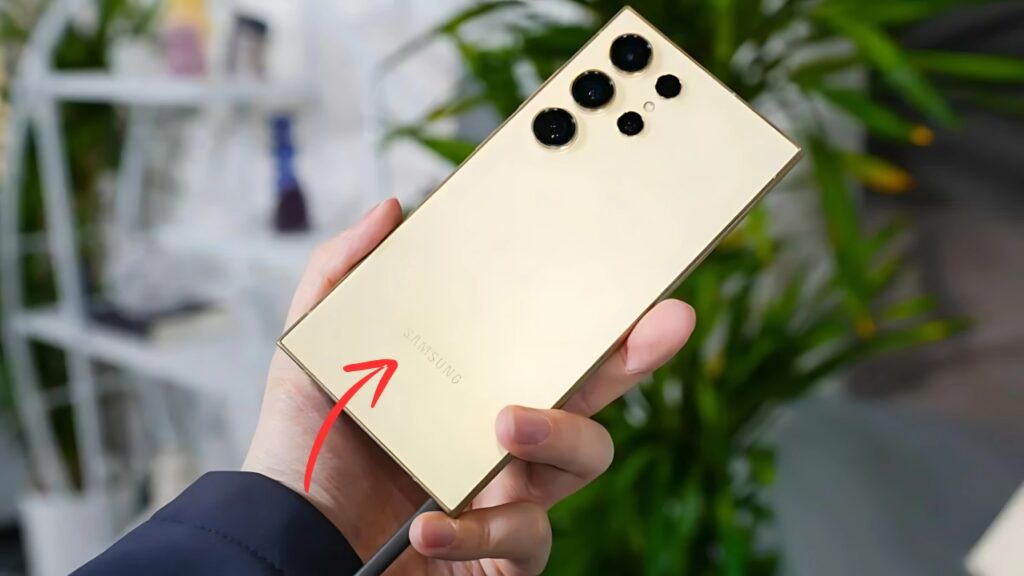Samsung Galaxy Z Flip 5: Foldable phones have come a long way since their debut, evolving from fragile curiosities to practical everyday devices. Samsung, having pioneered this category, continues to refine its offerings with each generation.
The Galaxy Z Flip 5 represents the most significant upgrade in the series’ history, primarily thanks to its expanded cover display – now officially dubbed the “Flex Window.”
But does this improvement genuinely enhance the user experience, or is it merely catching up to competitors? Let’s dive deep into what makes the Z Flip 5 tick and whether it deserves a spot in your pocket.
Design Evolution: A Flatter Fold and Bigger Window
The Z Flip 5 maintains Samsung’s now-iconic clamshell design language but introduces two crucial refinements.
First, the redesigned hinge mechanism finally eliminates the wedge-shaped gap when folded, creating a fully flat profile that looks cleaner and collects less pocket lint.
This “Flex Hinge” employs a dual-rail structure that Samsung claims better diffuses external impacts, potentially enhancing durability.
But the star of the show is undoubtedly the new 3.4-inch Super AMOLED Flex Window. At 3.78 times larger than its predecessor’s 1.9-inch display, this expanded cover screen transforms the phone’s usability when closed.
The screen’s irregular shape, which wraps around the dual camera system, gives it a distinctive appearance that’s immediately recognizable.
The familiar premium build quality remains, with Gorilla Glass Victus 2 protecting both the Flex Window and rear panel, while Armor Aluminum frames provide structural rigidity.
The device retains its IPX8 water resistance rating, making it impervious to temporary submersion – a feature that’s still rare among foldables.
Available in standard colors including Mint, Graphite, Cream, and Lavender, plus exclusive online-only options like Gray, Blue, Green, and Yellow, there’s a flavor for every taste.
At 187g, the Z Flip 5 maintains a comfortable weight despite its upgraded components – noticeably lighter than most conventional flagships.
When folded, it forms a perfect square that slides easily into even the smallest pockets, fulfilling the promise of enhanced portability that drives the flip phone format.
The Flex Window Experience: Functionality vs. Limitations
The expanded Flex Window fundamentally changes how you interact with the Z Flip 5.
Now large enough to display meaningful information and support genuine functionality, it reduces the need to constantly unfold the device for quick tasks.
Samsung has built a rich widget ecosystem for this outer display. Swiping left, right, up, or down from the clock face reveals different functions: notifications, quick settings, widgets, and Samsung Wallet respectively.
The Multi Widget View, activated by pinching inward with two fingers, arranges all your widgets in a grid for easy access.
Available widgets include weather, calendar, alarm, timer, steps counter, daily activity tracker, media controller, and SmartThings scenes.
The media widget proves particularly useful, letting you control playback across various apps without opening the phone. The calendar widget displays upcoming appointments, while the timer and stopwatch are perfect for kitchen use or workout tracking.
The Flex Window also shines as a photography tool. Its larger size makes framing selfies with the superior rear cameras much easier, and the Dual Preview feature lets your subject see themselves while you capture their photo.
After shooting, the Quick View function enables browsing, deleting, or favoriting photos without unfolding the device.
Videos benefit from AI-powered Auto Framing that tracks subjects and keeps them centered.
However, the Flex Window’s limitations become apparent when trying to use full applications. Out of the box, Samsung restricts app access to a select few – Google Maps, Google Messages, Samsung Messages, Netflix, WhatsApp, and YouTube.
This walled garden approach feels unnecessarily restrictive, especially compared to the Motorola Razr+’s more open implementation.
Take email notifications, for instance. When a Gmail notification arrives, you can read it but can’t reply or even archive it – your only option is to clear the notification or open the phone.
This creates a disjointed experience that leaves the Flex Window feeling like a halfway solution.
Power users can partially bypass these limitations by installing Samsung’s Good Lock app from the Galaxy Store, enabling additional apps on the cover screen.
But this workaround seems intentionally buried, suggesting Samsung is hesitant to fully commit to the cover display’s potential.
Internal Hardware: Flagship-Grade Performance
Under the hood, the Z Flip 5 sports the Qualcomm Snapdragon 8 Gen 2 for Galaxy – the same custom high-performance chip found in Samsung’s S23 series.
Paired with 8GB of RAM, it handles everything from casual browsing to intensive gaming without breaking a sweat.
Benchmark scores consistently place it among the fastest Android devices available, though real-world performance differences from last year’s model are subtle.
Storage starts at 256GB (double the Z Flip 4’s base model), with a 512GB option available for media hoarders. The UFS 4.0 storage technology delivers lightning-fast read/write speeds that contribute to the phone’s overall snappiness.
As with previous models, there’s no microSD expansion, so choose your storage capacity wisely.
Battery life comes from a 3,700mAh dual-cell battery – unchanged from the Z Flip 4. While adequate for most users, getting through a full day requires some battery management, especially with heavy use of the main display.
The 25W wired charging feels dated in an era where competitors offer 65W or higher, taking about 80 minutes for a full charge. 15W wireless charging and reverse wireless charging round out the power options.
Connectivity is comprehensive, with 5G support across major bands, Wi-Fi 6E, Bluetooth 5.3, and UWB for precise spatial awareness with compatible devices.
The under-display fingerprint sensor has been replaced by a side-mounted scanner that doubles as the power button – a practical choice given the folding form factor.
Display Technology: Two Screens, Two Experiences
The main 6.7-inch Dynamic AMOLED 2X display remains largely unchanged from the Z Flip 4, featuring FHD+ resolution (2640 x 1080) and adaptive refresh rates from 1-120Hz.
Colors are vibrant, viewing angles excellent, and outdoor visibility strong thanks to the 1,750 nits peak brightness.
The crease where the screen folds remains visible – less prominent than earlier generations but still noticeable, especially when viewing content with uniform backgrounds.
In practice, your brain quickly filters it out during normal use, but it serves as a reminder that foldable display technology continues to evolve.
The aforementioned 3.4-inch Flex Window runs at a fixed 60Hz refresh rate and 720 x 748 resolution.
While serviceable for its intended quick-glance functions, the lower refresh rate creates a noticeable disconnect when transitioning between the buttery-smooth main display and the more basic cover screen.
Text remains crisp despite the lower resolution, and colors are consistent between both panels.
Camera System: Familiar But Capable
The Z Flip 5 inherits the same camera hardware as its predecessor: a 12MP f/1.8 wide camera with OIS paired with a 12MP f/2.2 ultrawide with a 123-degree field of view.
Inside, a 10MP f/2.2 selfie camera handles video calls and self-portraits when the phone is unfolded.
While these specifications don’t compete with Samsung’s Ultra models or dedicated photography flagships, they deliver reliable results in most conditions.
The main sensor produces sharp, vibrant images with Samsung’s characteristic punchy colors in good lighting.
Low-light performance has improved thanks to enhanced Nightography algorithms, though it still struggles with very dark scenes compared to larger-sensor competitors.
The real photography advantage comes from the form factor itself. Flex Mode lets you set the partially folded phone on a surface for stable hands-free shooting, while the Flex Window makes using the superior rear cameras for selfies much more practical.
FlexCam enables creative angles previously impossible without a tripod, and the AI-powered Auto Framing keeps subjects centered during video recording.
Speaking of video, the Z Flip 5 captures up to 4K/60fps with both rear cameras, with excellent stabilization making handheld footage look smooth and professional.
The selfie camera maxes out at 4K/30fps – sufficient for vlogging and video calls.
Software: One UI With Folding Smarts
The Z Flip 5 runs Android 13 with Samsung’s One UI 5.1.1 overlay out of the box. Samsung promises four years of Android updates and five years of security patches, ensuring longevity that rivals even Google’s Pixel devices.
One UI’s refinements over stock Android include enhanced customization options, robust multitasking tools, and Samsung-exclusive features like Secure Folder and Bixby Routines
. The interface feels polished and responsive, with thoughtful adaptations for the unique form factor.
Flex Mode software optimizations automatically adjust apps when the phone is partially folded, moving content to the top half and controls to the bottom.
This works particularly well in the camera app, YouTube, and video calls, transforming the fold from a mere physical feature into a genuine user experience enhancement.
The collaboration with Microsoft provides solid productivity features, including enhanced integration with Windows PCs through Phone Link.
Samsung’s DeX mode is conspicuously absent, however – a strange omission given the device’s processing power.
Samsung has mercifully reduced pre-installed bloatware compared to previous generations, though you’ll still find duplicate apps for gallery, browser, and messaging functions.
Most third-party apps can be uninstalled, and Samsung’s own apps can be disabled if not needed.
Price and Positioning: Premium Folding at a Cost
The Galaxy Z Flip 5 launched at $999 for the 256GB model and $1,119 for the 512GB variant – identical to its predecessor despite the significant cover screen upgrade.
This pricing positions it as a premium device, though occasional promotions and trade-in offers can substantially reduce the investment.
Compared to its direct competitor, the Motorola Razr+, the Z Flip 5 offers superior build quality, water resistance, and processing power, while the Razr+ counters with a larger, more functional cover display and faster charging.
The choice between them largely comes down to whether you prioritize Samsung’s ecosystem and reliability or Motorola’s more adventurous approach to the cover screen experience.
For mainstream consumers, the question becomes whether the folding form factor justifies the premium over conventional flagships like the Galaxy S23 or iPhone 14, which offer superior camera systems and battery life at similar or lower prices.
The answer depends entirely on how much you value the compact folded size and the unique social experience the flip format enables.
Samsung Galaxy Z Flip 5: The Verdict: A Refined Flip With Room to Grow
The Galaxy Z Flip 5 represents Samsung’s most refined clamshell foldable to date, with the expanded Flex Window addressing a major limitation of previous models.
The ability to interact meaningfully with your phone while closed fundamentally improves the user experience, reducing the constant need to unfold for basic tasks.
However, Samsung’s conservative approach to the cover screen’s functionality feels like a missed opportunity.
The artificial limitations on app support and interactions create friction points that shouldn’t exist, especially when competitors have demonstrated more open implementations.
For those already invested in Samsung’s ecosystem who have been waiting for a more practical flip phone, the Z Flip 5 delivers a compelling package.
The combination of flagship performance, improved durability, and the enhanced cover screen experience makes it the most practical Z Flip yet.
Yet for the truly cover screen-dependent user, Samsung’s restrained approach may frustrate compared to alternatives.
The Z Flip 5 represents a significant step forward but still feels like it’s holding back from fully embracing the potential of its expanded Flex Window – a foundation to build upon rather than the finished article.
In the rapidly evolving world of foldables, the Z Flip 5 captures a moment of transition – one foot firmly planted in Samsung’s cautious, reliable approach to innovation, and the other tentatively stepping toward a future where the distinction between cover screen and main display continues to blur.
For now, it remains the most refined flip phone for most users, with the promise of even better things to come.
